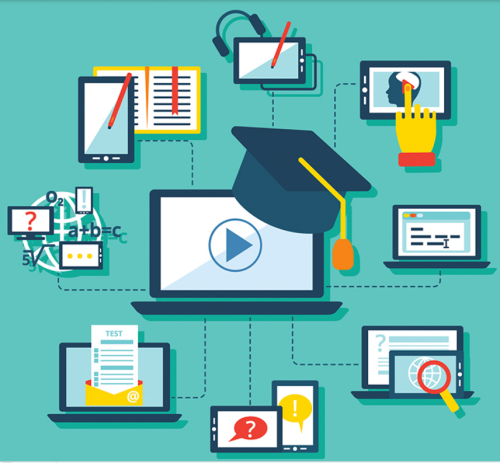Baeugi News Hub
Your source for the latest news and insightful articles.
When Screens Become Teachers: The Surprising Side of EdTech
Explore the unexpected benefits of EdTech! Discover how screens are reshaping education and unlocking new learning possibilities.
How EdTech is Revolutionizing the Classroom Experience
The integration of EdTech in educational environments is transforming the traditional classroom experience into a more dynamic and engaging learning space. With tools like interactive whiteboards, online learning platforms, and educational apps, students are now able to collaborate and interact in ways previously unimaginable. Instead of passively receiving information, learners are becoming active participants, engaging through multimedia content and real-time feedback. This shift not only enhances comprehension but also caters to varying learning styles, making education more inclusive.
Moreover, EdTech offers educators powerful resources to tailor their teaching methods. Data analytics and student performance tracking allow teachers to identify individual strengths and weaknesses, enabling personalized learning pathways. As a result, classrooms are evolving from a one-size-fits-all model to a more customized approach where every student can thrive. By leveraging technology, educators are better equipped to prepare the next generation for the challenges of an increasingly digital world, ensuring they are not just consumers of technology, but skilled innovators as well.

The Pros and Cons of Learning through Screens: What Educators Need to Know
As technology advances, learning through screens has become an integral part of education. One major pro is the accessibility it offers; students can engage with educational materials anytime and anywhere, breaking down geographical barriers to learning. Additionally, digital platforms often include interactive elements such as videos, quizzes, and forums which can enhance understanding and retention of knowledge. However, the reliance on screens also brings cons. For instance, prolonged screen time can lead to issues like eye strain and diminished attention spans, making it challenging for educators to keep students focused and engaged.
Moreover, the effectiveness of screen-based learning can vary significantly across different demographics. For some students, particularly those with learning disabilities, traditional methods may be more beneficial than screen-dependent approaches. Educators should be aware of these considerations when implementing technology in their curricula. Ultimately, while screens offer innovative ways to deliver content, it is crucial for educators to strike a balance by incorporating various teaching methods to address the diverse needs of all learners.
Can Virtual Learning Replace Traditional Teaching Methods?
The debate over whether virtual learning can effectively replace traditional teaching methods is becoming increasingly relevant in today's education landscape. As technology continues to evolve, online learning platforms offer numerous advantages, including flexibility, accessibility, and a broad range of resources. For instance, students can learn at their own pace, accessing recorded lectures and materials from anywhere in the world. However, there are significant concerns regarding student engagement and the lack of personal interaction that typically characterize in-person classrooms.
Despite the strengths of virtual learning, traditional teaching methods still play a crucial role in education. Face-to-face interactions foster collaboration, allow for immediate feedback, and cultivate a sense of community among students. Additionally, many educators argue that certain subjects, especially those requiring hands-on experience, are difficult to replicate in a virtual environment. Thus, it becomes evident that while virtual learning offers unique benefits, a hybrid approach combining both online and traditional techniques may be the most effective way to meet diverse student needs.